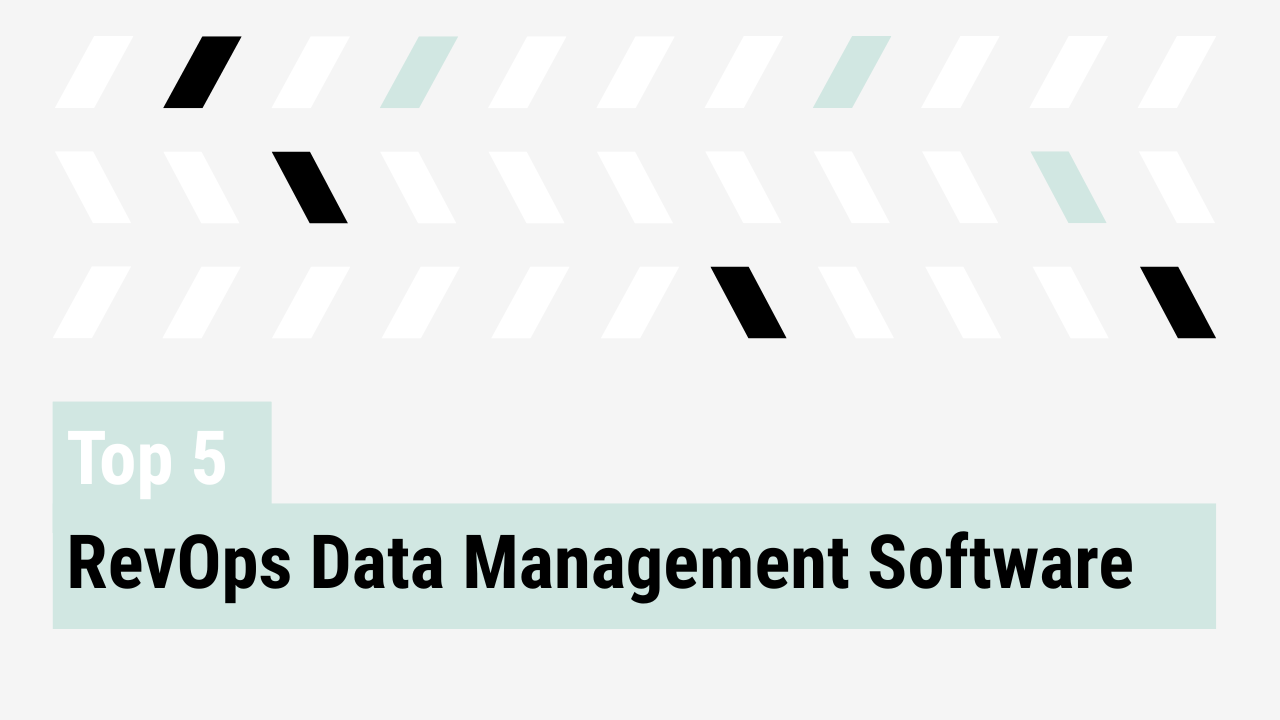RevOps leaders are often asked to report on dozens of KPIs, but not all metrics matter equally. The most effective operators understand that analytics should evolve with company maturity. This post breaks down RevOps metrics by stage (startup, scale-up, and enterprise) and offers a practical toolkit for each phase of growth.
Startup stage (< $1M revenue)
At this stage, the priority is laying the foundation. Leaders need insight that validates product-market fit, demonstrates traction, and supports investor conversations. Startups rarely have reliable benchmarks, so visibility is often the biggest gap. Metrics should be simple, lightweight, and tied directly to execution.
“At a Series A, a lot of times what you’re doing is putting in the foundations in place. One common problem that I hear every single time is ‘we don’t have visibility into what’s going on.’ It’s because some of the basic foundations are not there.” – Hassan Irshad of Unify
In the early days, visibility matters more than sophistication.
Metrics toolkit for startups:
- Open deals: basic stage tracking without over-engineering
- Win rate: validates messaging and positioning
- MQLs: captures marketing’s contribution as soon as data exists
- Sales cycle length: measures sales efficiency
- CAC (Customer Acquisition Cost): essential before scaling spend
Scale-up stage (expanding GTM motion)
As companies enter the scale-up stage, RevOps shifts from visibility to predictability. Teams expand, and consistency across regions and roles becomes critical. Investors expect repeatability in revenue generation, so metrics must inform growth strategy.
“When you start moving towards scale up, now you’re talking about territory plans, solid comp plans, how your sales methodologies are implemented, how you’re actually doing lead scoring. So a lot more in-depth analysis starts happening.” – Hassan Irshad
At this stage, metrics are both operational and necessary for shaping executive decisions.
Metrics toolkit for scale-ups:
- Pipeline velocity: (opps × win rate × avg. deal size ÷ cycle length)
- CAC payback period: measures efficiency of spend
- Net revenue retention (NRR): captures retention and expansion
- Forecast accuracy: builds executive and board confidence
- Unified “North Star” metric: aligns GTM functions around a single priority
Enterprise stage (post-IPO or mature orgs)
In mature organizations, RevOps shifts once again. The GTM engine is already running, and the focus turns to optimization. Data complexity grows exponentially, which makes governance, trust, and precision essential. Metrics must be strategic, enabling leaders to allocate resources wisely and guide long-term planning.
“In post IPO companies, the machine is built and what you’re making is minor tweaks.” – Hassan Irshad
Mature RevOps functions refine the machine rather than reinvent it.
Metrics toolkit for enterprises:
- Pipeline coverage: forward-looking view of business health
- Forecast accuracy: critical for board- and C-suite-level trust
- Revenue attribution: clarity on campaign and channel performance
- NRR: validates customer growth engine
- Data integrity and governance metrics: ensure decision-making confidence
RevOps metrics by stage matter
Metrics should evolve with company maturity. In startups, RevOps metrics should prioritize visibility. At the scale-up stage, they should drive predictability. In enterprises, they should sharpen precision and influence strategy. Leaders who adapt their analytics to the company’s stage avoid vanity reporting and strengthen their role as trusted advisors to the C-suite.



